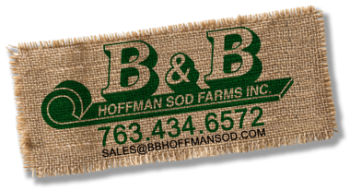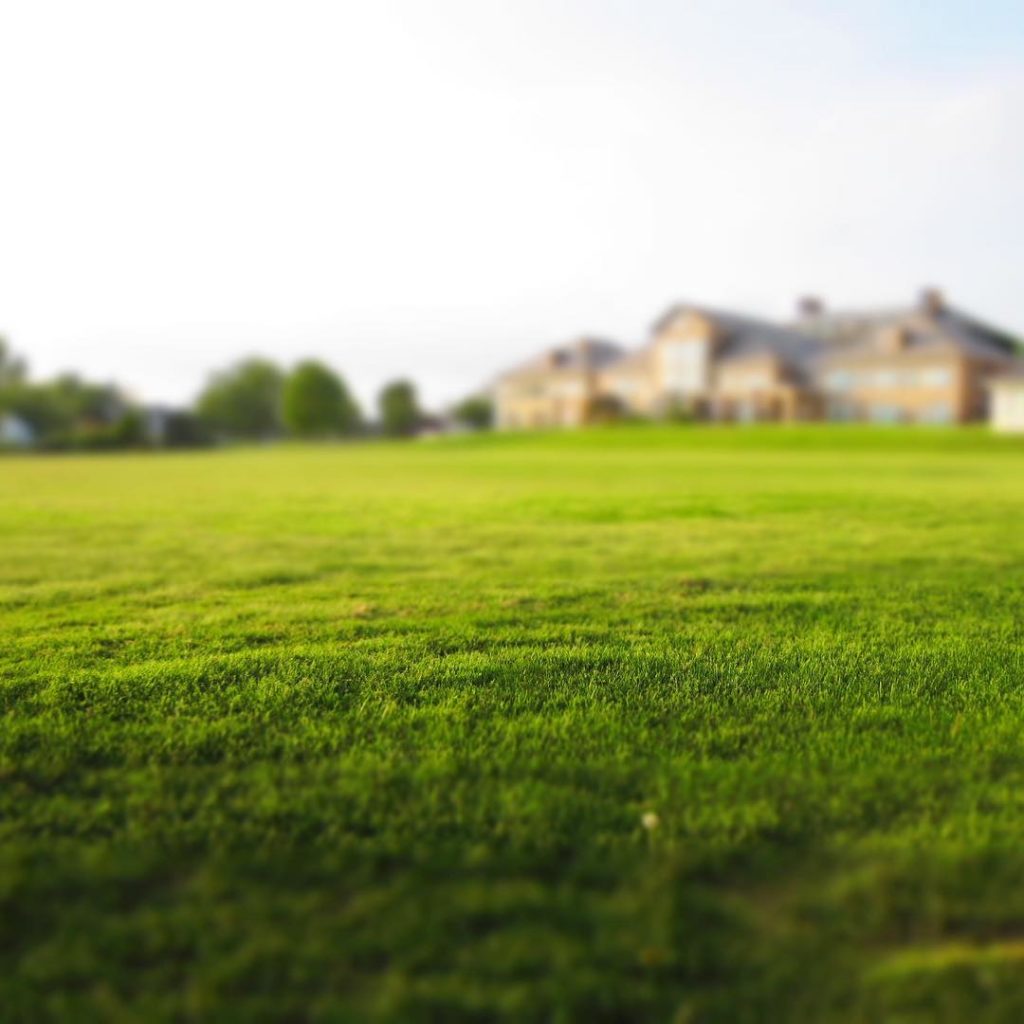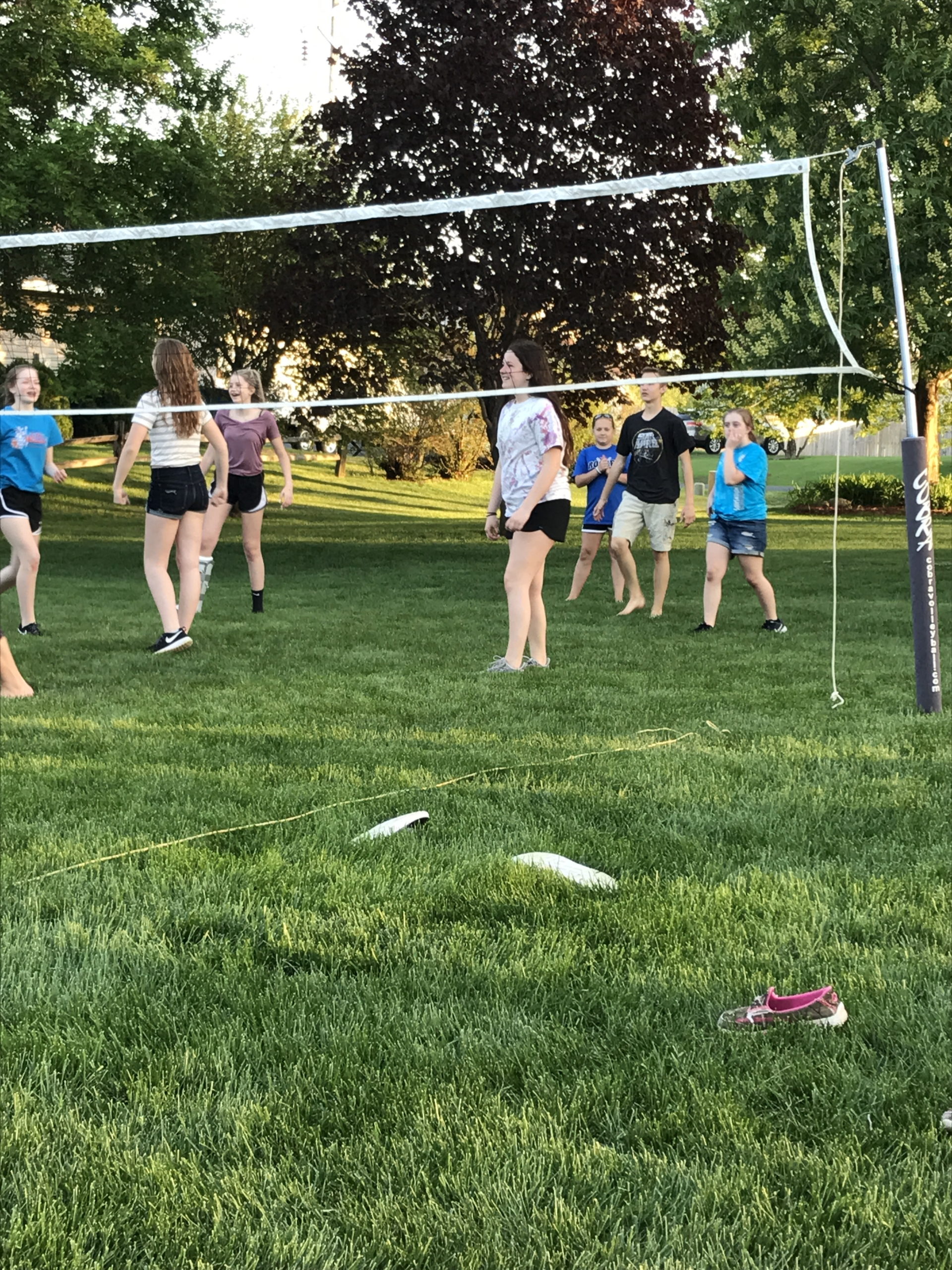Tis’ the season of holiday engagements and wedding planning! Even though we are just entering Minnesota’s long winter, we know plans for summer celebrations are already underway. If you’re thinking about hosting a wedding in your yard or maybe a graduation party, but your lawn isn’t ready to be shown off, let B&B Hoffman Sod help you out.
Here are a few tips to avoid problems while still enjoying a beautiful backyard wedding:
Lay sod down: Most homeowners would agree that they want a lush green lawn to greet guests. But we know that goal means endless time spent fertilizing, weeding, and watering your grass. However, you could simply order sod and get immediate results that will be sure to wow your guests. Sod will also save you time, reducing pre-wedding stress!
Cover parts of your lawn: If your sod hasn’t had a lot of time to establish roots (usually just need 10-12 days), add a layer of protection over high-traffic areas. For instance, a dance floor provides a solid surface for guests to use and will minimize high heels sinking into your lawn. We suggest you remove any coverings from your lawn as soon as possible so your new sod can continue to receive much-needed sunlight, oxygen, and water.
Put up natural barriers: Maybe you want your guests to avoid your newly sodded yard all together! We suggest installing a well-defined pathway that guests will naturally gravitate toward. You can also use large pots of flowers or grasses to block off parts of the yard.
When Minnesota’s winter lifts and the snow melts, the first step to preparing your yard for the big day is to green up your lawn. At B&B Hoffman Sod, we provide durable low-maintenance kentucky bluegrass that creates a soft, clean, and safe surface in an instant.


